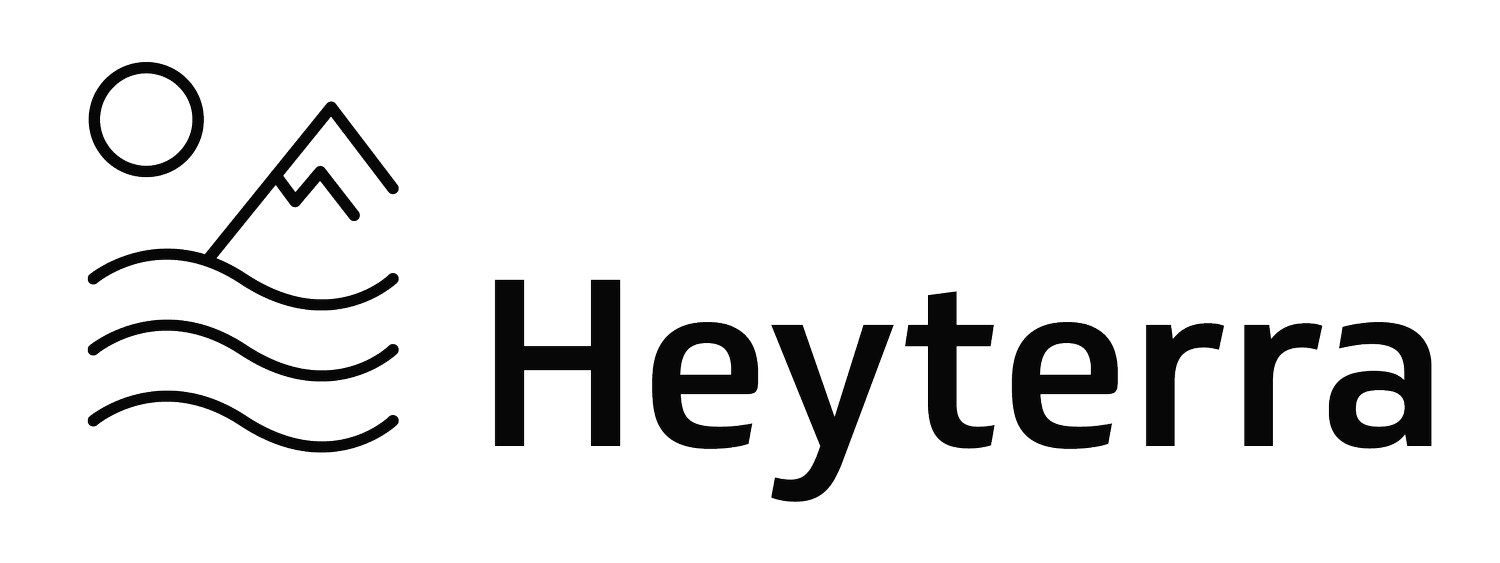Beyond the Reef: Palau is the Island of the Future
From a marine reserve larger than California to the first ever tourist eco-pledge, Palau is writing the blueprint for what a possible future island can look like.
To every ocean enthusiast, the Republic of Palau is the definition of paradise.
The collection of small islands in the western part of the Pacific Ocean, located about halfway between Australia and Japan, reveal a scattering of limestone rock formations and a spellbinding underwater ecosystem, coupled with long stretches of uninhabited sands. Here, over 1,300 species of fish, 700 species of corals, and endemic, marine lakes with millions of non-stinging jellyfish pepper the region. It’s easy to see how Palau (sometimes dubbed "the underwater Serengeti”) is a snorkeler’s ultimate dream.
But like all islands across our vast planet, the effects of climate change— rising sea levels, warming ocean temperatures, coral bleaching events and overfishing— are hitting these fragile coral reef atolls, and the communities that live on them, especially hard.
Palau’s Marine Reserve
Palau has been taking matters into its own hands, though, creating a template for how island communities can thrive as we move forward into a changing world.
In 2017, former President Tommy Remengesau designated 193,000 square miles of its maritime territory as a fully protected marine reserve, becoming sixth-largest of its kind in the world— larger than California. Drawing from a thousand years of indigenous knowledge, the reserve was inspired by a tradition called bul which limits fishing to certain reefs for letting fish populations to regenerate. Integrating traditional knowledge of local communities with innovative scientific solutions is one of the crucial ways we as humans can come together to fight climate change.
The Palau Pledge, the eco-pledge for visitors to respect the island’s pristine environment and culture.
Palau for Travelers
The island nation has also forged a handful of epic proclamations, for when travelers do make it to the Pacific. Palau was the first county to create an eco-pledge for visitors to sign in order respect its pristine environment and culture. Other fragile destinations like Faroe Islands and Iceland have followed suit.
Released in 2022, O’lau Palau is the world’s first ecotourism rewards app where traveles can earn points for sustainable behavior. Travelers can also calculate their carbon footprint, offset options, and offsets will be invested into blue carbon initiatives such as mangrove restoration. For foodies, the Palau Tourism Board and Slow Food joined together to build up the network of farmers and fishers to celebrate the island’s culinary heritage. If you’ve never heard of Ulkoy (deep-fried Palauan shrimp and squash fritters), well, now you know.
The island has also banned reef-toxic sunscreen to protect its endemic and surreal endemic jellyfish lake, as well as the the UNESCO World Heritage coral lagoon.
For families visiting the island, explore the 300 limestone islands with Paddling Palau, a family-run kayak outfitter founded by Marine Biologist Ron Leidich and has spent over a decade caring for the reef and the community.
More Palau for Families
Cruise around the UNESCO Site of the Rock Islands Southern Lagoon.
Snorkeling in the Milky Way.
Go on a kayak adventure with Paddling Palau.
Learn about Palau’s rich history at the Belau National Museum.
Do an island nature trek on Babeldaob, the largest island in Palau, or to Ngardmau Waterfall.
Learn about Palauan agriculture by visiting local taro fields, sustainable farming practices and the importance of self-sufficiency in island communities.
In 2022, Palau was the first SIDS (small island developing state) to host the Our Ocean Conference and brought together countries from around the world to identify solutions to manage marine resources, increase the ocean’s resilience to climate change and further commitments from governments, civil society and businesses in over 70 countries.
We can choose the way we move about the world, and how we treat the world and appreciate its most beautiful places. Laying the groundwork for future island movements like this, and reminding the rest of us to be mindful of how we tread, is a start.
More Ocean Resources
// Join a beach cleanup on your next coastal adventure.
// Learn about the work of One People One Reef in Micronesia.
// Jeju’s Female Free Divers are today’s Indigenous Marine Biologists.
FOLLOW US
|










